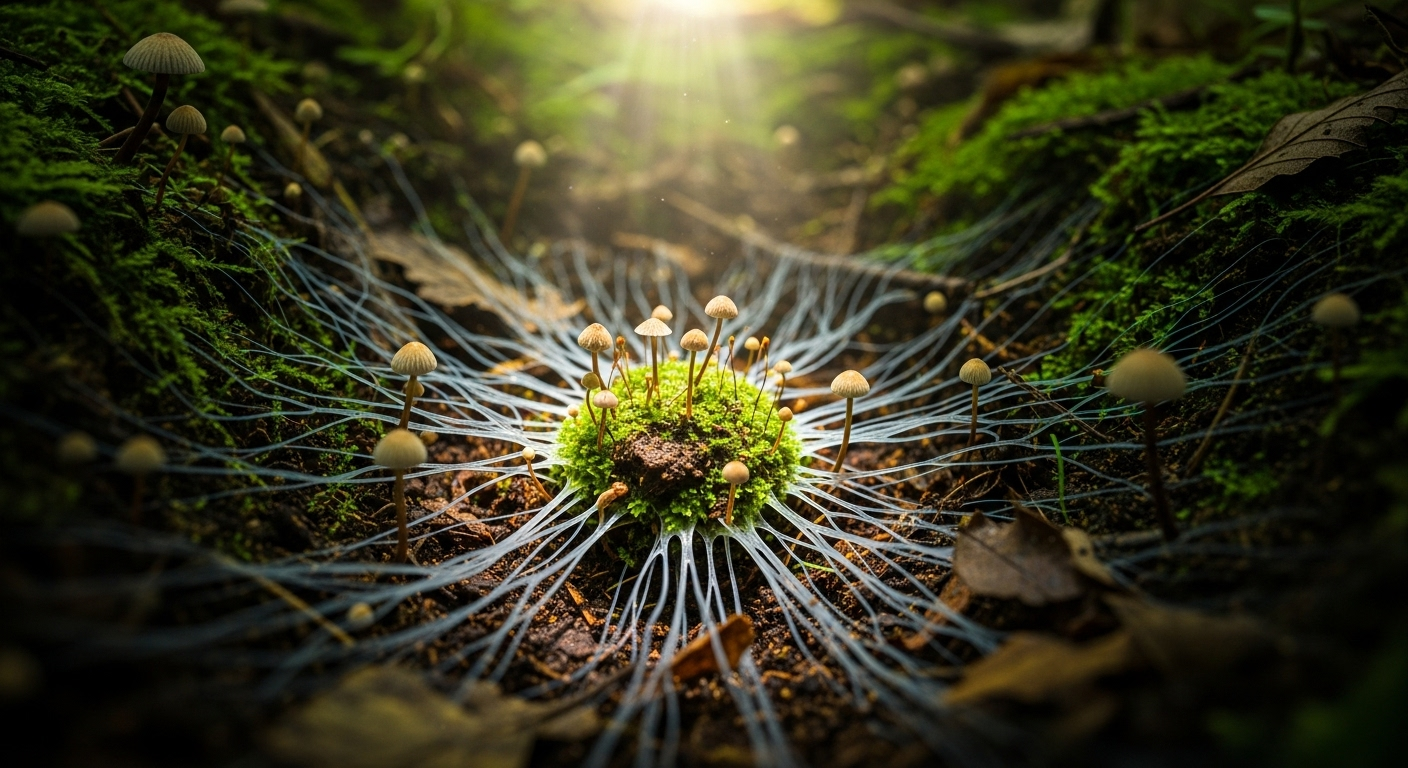Bioinspired Manufacturing: Nature's Blueprint for Industrial Innovation
Manufacturers are turning to an unexpected source of inspiration for their next breakthrough: nature itself. Bioinspired manufacturing, a cutting-edge approach that mimics biological systems and processes, is reshaping industrial practices. This innovative methodology promises enhanced efficiency, sustainability, and resilience in production processes, offering a fresh perspective on age-old manufacturing challenges.

The concept isn’t entirely new - inventors have long looked to nature for ideas. However, recent advancements in materials science, nanotechnology, and computational modeling have dramatically expanded our ability to understand and replicate natural processes at an industrial scale. This convergence of biology and technology is opening up new frontiers in manufacturing innovation.
Key Principles of Bioinspired Manufacturing
At its core, bioinspired manufacturing is guided by several key principles derived from natural systems:
-
Efficiency: Natural systems have evolved to use energy and resources efficiently. Bioinspired manufacturing aims to replicate this efficiency in industrial processes.
-
Adaptability: Living organisms can adapt to changing environments. This principle is applied to create more flexible and responsive manufacturing systems.
-
Resilience: Nature’s designs often incorporate redundancy and self-repair mechanisms. These features can enhance the durability and reliability of manufactured products.
-
Sustainability: Biological systems operate in closed loops, recycling materials and energy. This circular approach is increasingly crucial in modern manufacturing.
-
Multifunctionality: Many natural structures serve multiple purposes simultaneously, a principle that can lead to more versatile and efficient product designs.
Applications Across Industries
Bioinspired manufacturing is finding applications across a wide range of industries:
-
Aerospace: Aircraft manufacturers are exploring bird wing designs to create more fuel-efficient planes. The boxfish’s aerodynamic shape has inspired car designs that reduce drag and improve fuel efficiency.
-
Construction: The termite mound’s natural ventilation system has influenced building designs for passive cooling, reducing energy consumption in large structures.
-
Materials Science: Spider silk’s remarkable strength-to-weight ratio has led to the development of new synthetic fibers with enhanced properties.
-
Medical Devices: The gecko’s ability to adhere to surfaces has inspired new types of medical adhesives and wound dressings.
-
Textiles: Self-cleaning fabrics inspired by lotus leaves are revolutionizing the clothing industry, offering water-repellent and stain-resistant properties.
Challenges and Considerations
While bioinspired manufacturing offers exciting possibilities, it also presents unique challenges:
-
Scalability: Translating nature’s small-scale solutions to industrial-scale production can be complex and requires significant research and development.
-
Cost: Initial investments in bioinspired technologies can be high, although long-term benefits often outweigh these costs.
-
Interdisciplinary Collaboration: Effective bioinspired manufacturing requires close collaboration between biologists, engineers, and materials scientists, which can be challenging to coordinate.
-
Regulatory Hurdles: Novel bioinspired products and processes may face regulatory challenges, particularly in industries with strict safety standards.
-
Ethical Considerations: As the line between natural and artificial blurs, ethical questions may arise regarding the extent of biomimicry in manufacturing.
Implementing Bioinspired Manufacturing: Practical Insights
• Start small: Begin with pilot projects to test bioinspired concepts before full-scale implementation.
• Invest in research: Collaborate with universities and research institutions to stay at the forefront of bioinspired innovations.
• Foster cross-disciplinary teams: Bring together experts from biology, engineering, and design to drive innovation.
• Think long-term: While initial costs may be high, consider the long-term benefits in efficiency and sustainability.
• Look beyond obvious applications: Nature’s solutions can often be applied in unexpected ways across different industries.
As we face increasing pressure to create more sustainable and efficient industrial processes, bioinspired manufacturing offers a promising path forward. By learning from nature’s 3.8 billion years of R&D, manufacturers can develop innovative solutions to complex challenges. The future of manufacturing may well be written in the language of biology, with nature as our most experienced and ingenious teacher.




